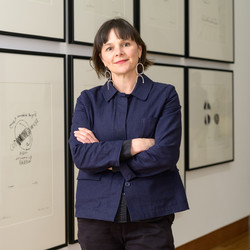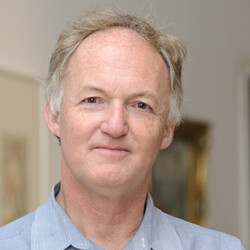Notes
B.
Bulletin
New Zealand's leading
gallery magazine
Latest Issue
B.22201 Dec 2025
Contributors
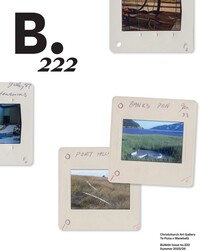
Notes
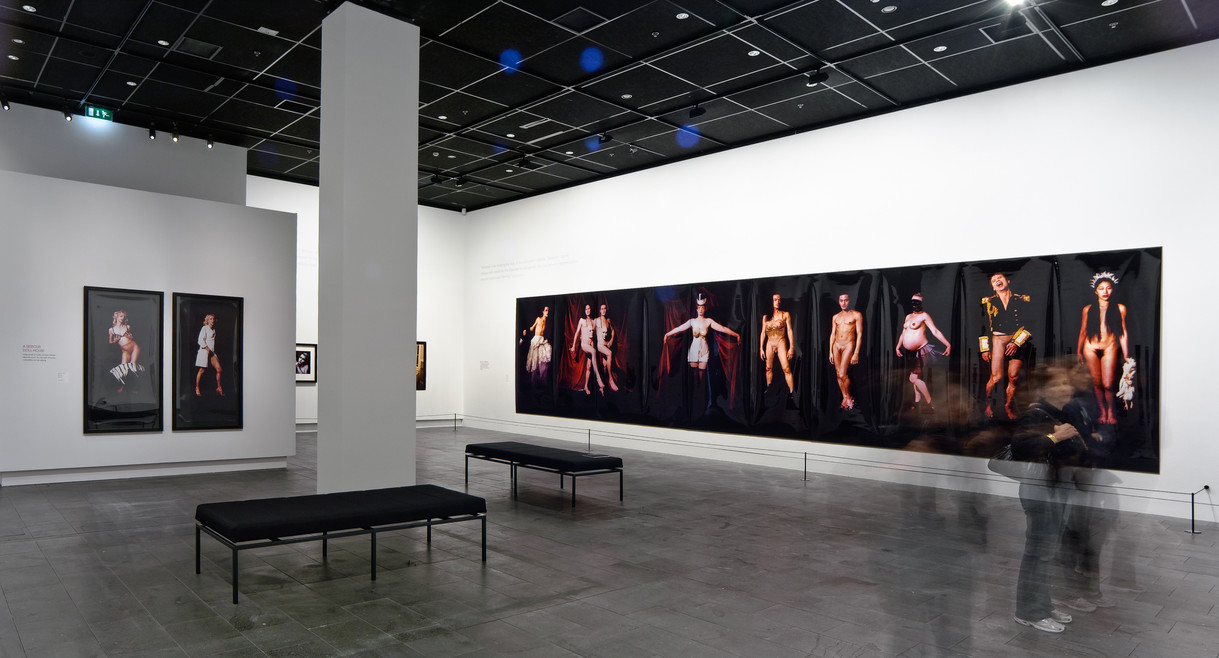
Provocations: The work of Christine Webster
Complex, theatrical and fearless, the unsettling photography of renowned UK-based New Zealand artist Christine Webster will go on display next month.
Notes
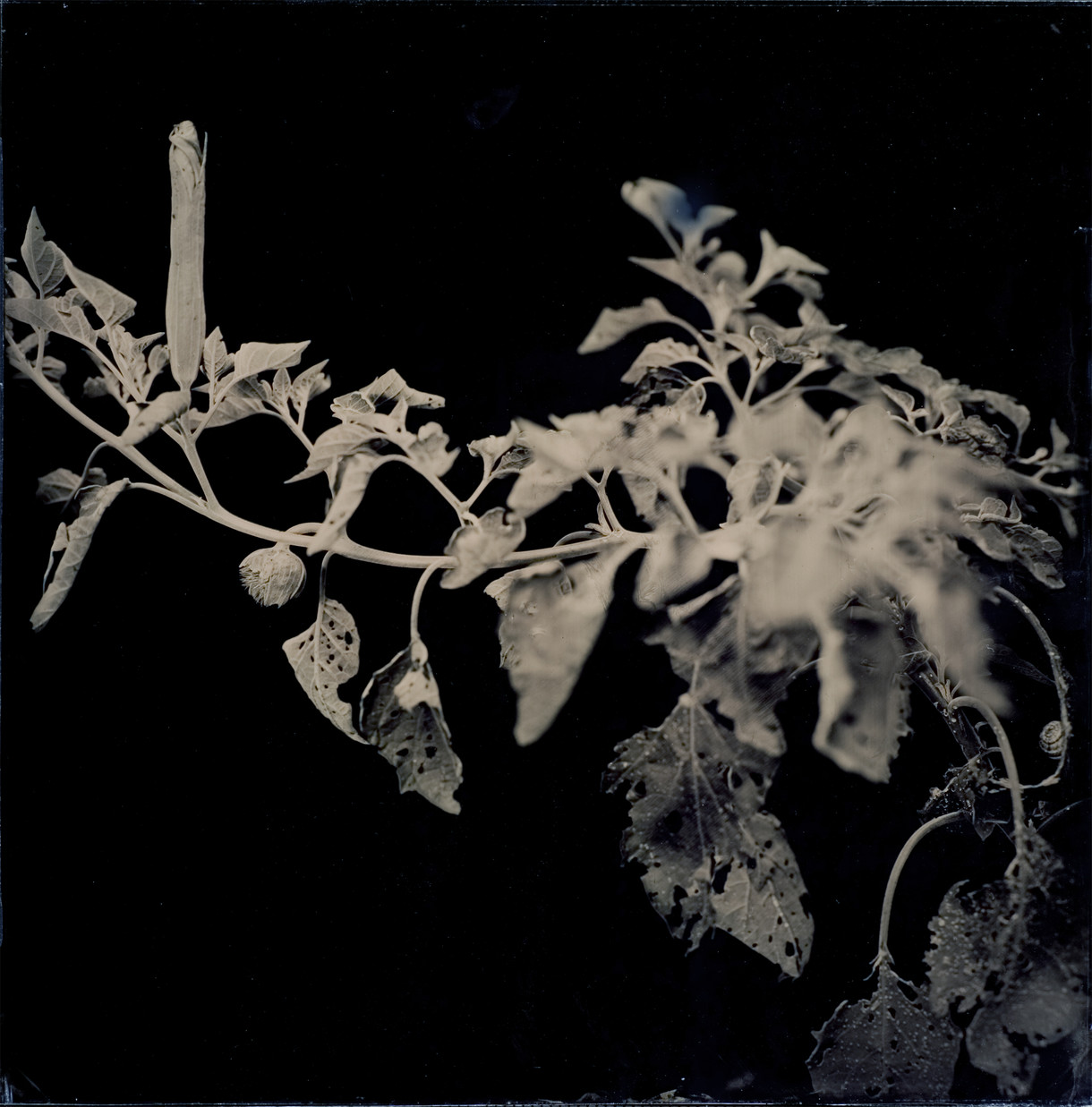
Joyce Campbell: LA Botanical and Last Light
From this weekend, two bodies of work by New Zealand artist Joyce Campbell will be on display in the Gallery.
Notes
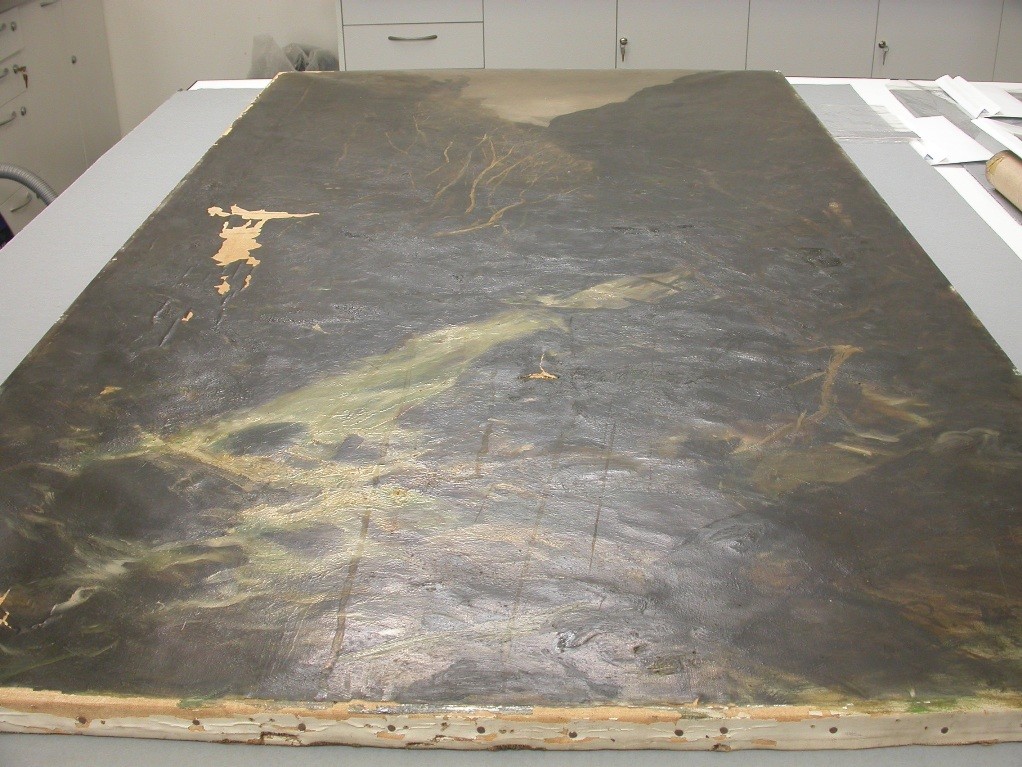
Cleaning Jacksons
Gallery conservator Edward Sakowski describes several years work making Petrus van der Velden's painting Jacksons, Otira ready for exhibition. The painting was purchased at auction in London.
This procedure was also described in issue 157 of Bulletin.
Notes
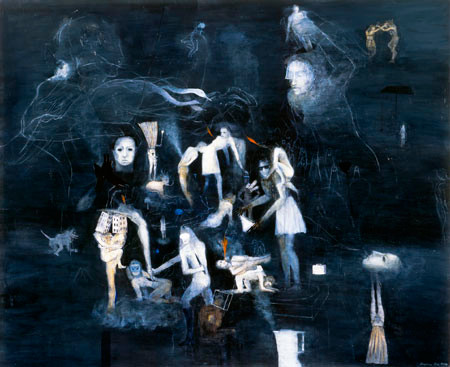
Shadow play
This article first appeared as 'Ghosts in sunglasses' in The Press on 8 October 2008
Notes
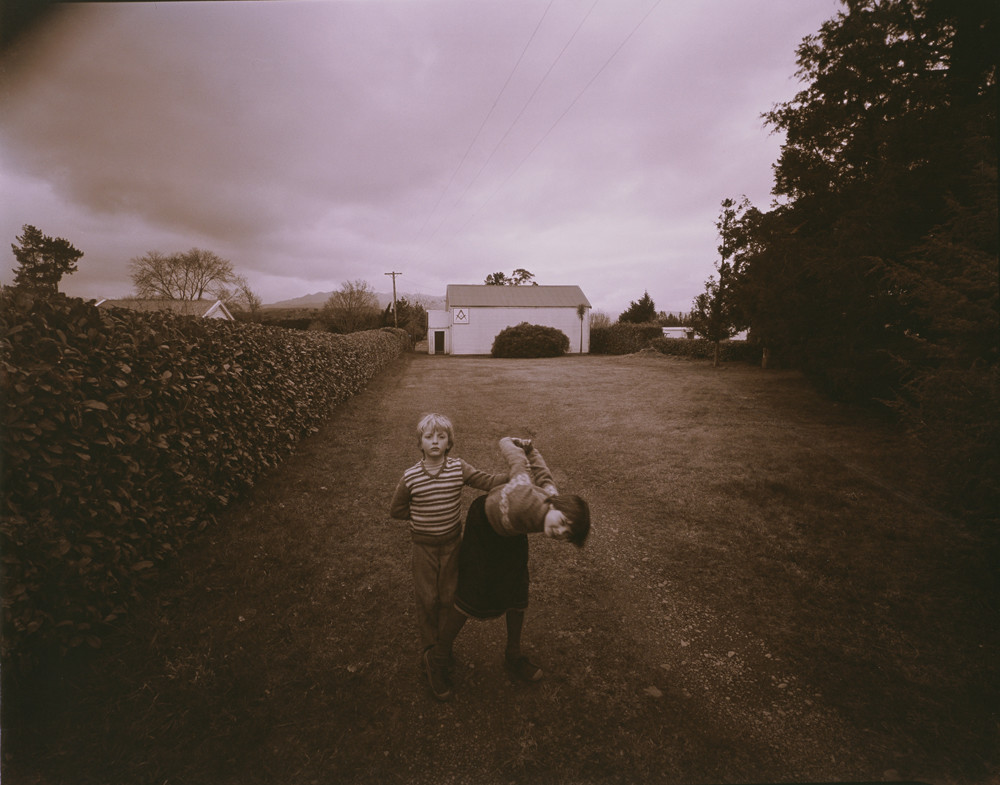
Kamala and Charlotte in the grounds of the Lodge, Tawera, Oxford, 1981, by Laurence Aberhart
This article first appeared in The Press on 9 July 2008
It is adapted from an essay in the book Laurence Aberhart, published by Victoria University Press in partnership with City Gallery, Wellington.
Notes

No! by Tony Fomison
No! was begun in 1969 while Tony Fomison was living in a house in Riccarton Road with Philip Clairmont and other bohemian artists. Typical in its intensity and edgy mood, this work was inspired by a newspaper photograph Fomison saw when he was in England during the late 1960s.
Notes

The Ceramic Collection
The Gallery's ceramic collection underwent a remarkable shift during the 1980s, in both the way ceramics were regarded and in the number of works collected. However, some of the first pieces to be acquired were purchased in 1954 and 1955. They were early works by the New Zealand master ceramic artist, Len Castle (b.1924), made in 1956-7 before he went to Cornwell to study with Bernard Leach (1887-1979). Inspired by Leach and the Japanese ceramic artist Shoji Hamada (1894-1978), Castle developed an individual oeuvre that drew upon his love of the natural environment and his fascination with the symbol of the circle. Bowl Stemmed (1985), an elegant wheel - thrown bowl with a rich crackle glaze and refined stem, reflects Castle's Anglo-Japanese aesthetic and his highly developed technical skill in kiln firing.
Notes
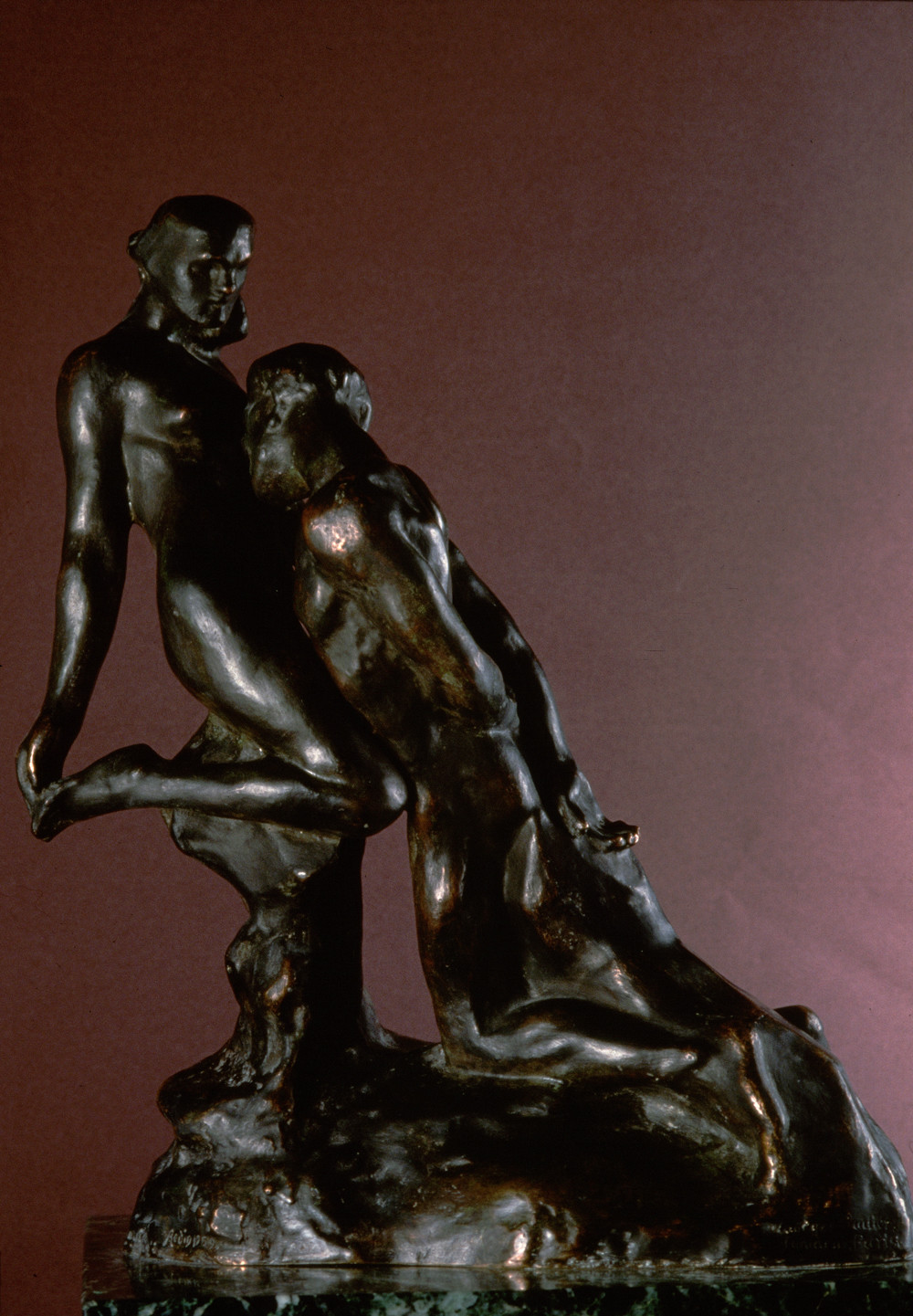
Eternal Idol by Auguste Rodin
"One day, from up on the scaffolding where I was working on the Burghers of Calais, I noticed Rodin, who between some scenes, was doing a nude sculpture, for which the model was a young woman, stretched out on the table. As the session was drawing to a close, he bent over toward the woman and kissed her tenderly on her belly - a gesture of adoration of nature, which gave him so much joy."
Notes
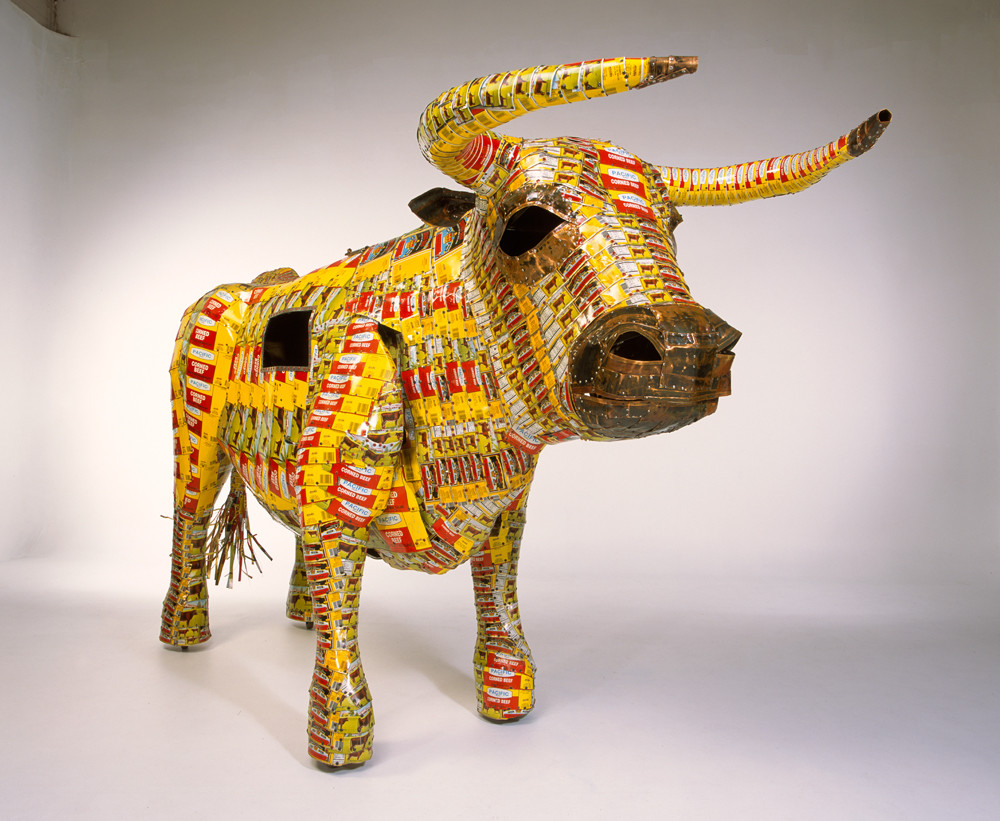
The Sculpture Collection
The first encounter most Robert McDougall Art Gallery visitors have with the Sculpture Collection is passing Ex Tenebris Lux (1937), Ernest George Gillick's bronze figure of a reading woman, on their way to the Gallery's front entrance. This work's title and subject, symbolising enlightenment and literally translated as "from darkness, light", is an appropriate maxim for an art museum, but Gillick's sculpture has another, historical, significance. Originally sited within the Sculpture Court (now called the Centre Court) of the Gallery, Ex Tenebris Lux was donated in 1938 by local biscuit manufacturer Robert E. McDougall, who had gifted the funds to build Christchurch's public Art Gallery almost ten years before.
Notes
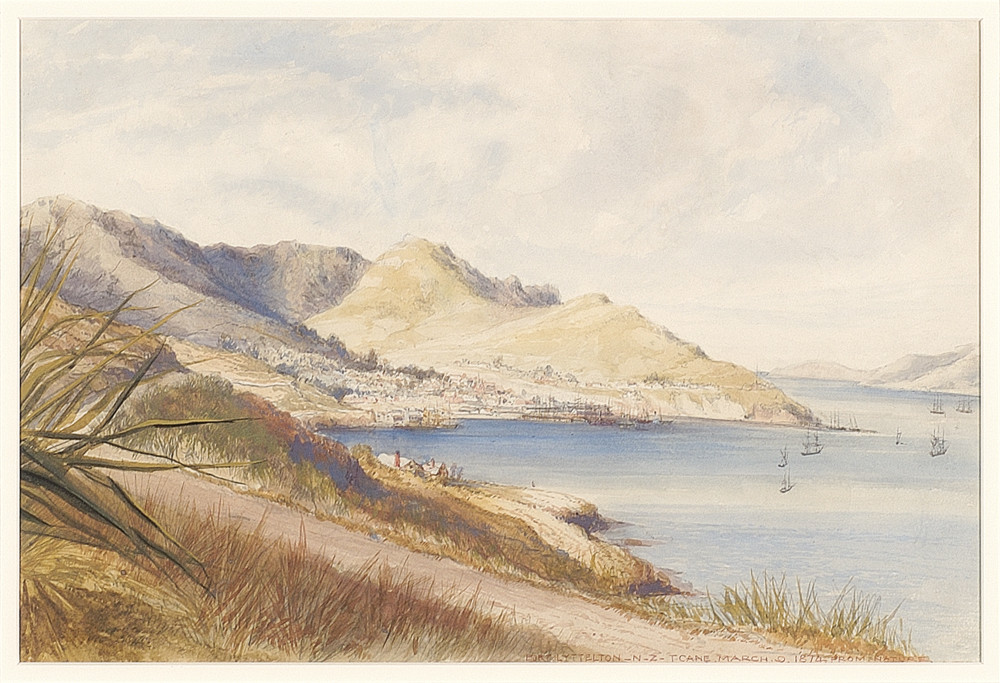
Port Lyttelton, N.Z., March 9, 1874, from Nature by Thomas Cane
This article first appeared in The Press on 27 July 2005
2005 marks the centennial of the death of one of Canterbury's notable Victorian watercolourists and architects, Thomas Cane (1830 - 1905). Cane was born in Brighton, Sussex and prior to his arrival to Canterbury in 1873 he had trained as an architect and quantity surveyor under the firm of Banks and Barry. He was also employed by one of the masters of the Victorian Gothic Revival architectural style, Sir Gilbert Scott, who designed Christchurch's Anglican Cathedral. Cane travelled widely throughout Europe on several occasions visiting France, Germany, Belgium and Holland with the direct purpose of studying medieval architecture. He is likely to have developed his skills as a watercolourist while working as a architect, which would have required producing detailed sketches of building designs.


